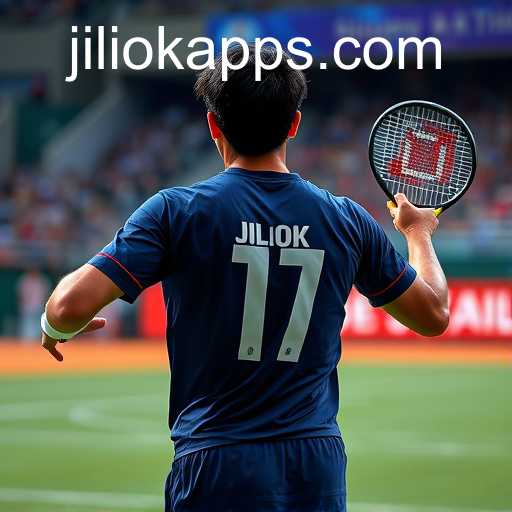Dive into the concept of Jiliok and its transformative impact across various sports disciplines, reshaping how athletes train, play, and connect with their communities.
Exploring Jiliok: The Rising Star in the World of Sports
The Emergence of Jiliok
In the dynamic world of sports, new trends and names constantly arise, capturing the attention of enthusiasts and professionals alike. One such term gaining traction is jiliok, which holds different significance across sports disciplines. While some may still be unfamiliar with the term, its essence and impact cannot be underestimated.
Understanding Jiliok
The term jiliok refers to a unique concept that has been embraced by athletes and coaches worldwide. Although its precise definition may vary depending on the context, it generally symbolizes excellence, innovation, and performance. The concept encourages individuals to push beyond traditional boundaries, fostering creativity and strategic thinking. It is a term that champions versatility, enabling athletes to shine in various domains.
Jiliok in Different Sports
Jiliok in Football
In the realm of football, jiliok is embodied by players who exhibit exceptional skill and agility on the field. These athletes are known for their ability to adapt to changing game dynamics, seamlessly transitioning between offense and defense. Coaches value players with a jiliok attitude for their innovative approaches and strategies, which often result in unexpected but successful outcomes.
Jiliok in Basketball
Basketball enthusiasts recognize jiliok in players who can shoot, dribble, and pass with extraordinary precision and finesse. This attribute is not limited to physical prowess but extends to mental acuity as well. A jiliok player is often a leader on the court, able to anticipate opponents' moves and make quick decisions that can turn the tide of a game.
Jiliok in Tennis
Tennis likewise embraces the concept of jiliok, highlighting players who are not only technically skilled but also mentally resilient. These athletes display an ability to recover from setbacks and maintain focus, using innovative shot choices and tactical adjustments to outmaneuver their opponents. This mental and physical agility is crucial in tightly contested matches where every point counts.
The Role of Jiliok in Athletic Training
Training regimens across sports have begun to incorporate jiliok principles, focusing on developing all-around athletes who excel in multiple areas. This approach challenges traditional training methods, emphasizing flexibility, creativity, and strategic wisdom. Coaches and trainers are increasingly prioritizing individualized training plans that cater to each athlete's unique strengths and potential.
Innovative Exercises
Jiliok-inspired exercises often combine elements from different sports or disciplines, encouraging athletes to think outside the box. These sessions aim to improve not only physical attributes such as strength and speed but also cognitive skills like decision-making and strategy formulation. The goal is to create well-rounded athletes who can adapt to various situations effortlessly.
Mentorship and Development
Moreover, mentorship plays a pivotal role in nurturing a jiliok mindset among young athletes. Training programs are increasingly including workshops and seminars on mental resilience, leadership, and innovation, ensuring budding talent is equipped with both physical and mental tools needed for success.
The Impact of Jiliok on Sports Culture
As jiliok continues to influence the sports world, its cultural impact is undeniable. It fosters a community that values diversity in playing styles and approaches, breaking down rigid stereotypes of what it means to be a successful athlete. This diversification encourages inclusivity, as different talents and backgrounds come together to redefine excellence.
Community Engagement
By embracing jiliok, sports organizations are better able to connect with their communities, promoting participation and enthusiasm for various sports. It resonates with a broader audience, including those who may not identify with traditional athlete archetypes, thereby widening the appeal and accessibility of sports in general.
Conclusion
As we continue to witness the growth and development of the concept, jiliok has established itself as a significant force in modern sports culture. It challenges athletes and sports professionals to think creatively, aim higher, innovate continuously, and embrace an unprecedented level of flexibility and inclusivity.




